In this blog, I’m going to share my drawing lesson using the child’s sensory system combined with nature observation. I use leaves picked from local plants, trees, along with other nature resources. I also use various items found around the outdoors. This project is very exciting because I’ve been observing children’s sensory drawing abilities for many years!
I’ve written several art education books based on this method, Books. I recently introduced this art project to over 700 school children kindergarten – 6th grade with huge success. It was remarkable how the kids were engaged drawing and painting using their natural sensory system to draw.
Sensory Drawing Lessons
Based on my art method, I gave the children tools to look at these beautiful specimen samples with their own sensory system. I asked my students to look very closely, but not only with their eyes, with other senses. We looked at a variety of different specimens such as:
- Sight
- Sound
- Tactile Touching (hands)
- Smell
Nature Specimens:
- A variety of leaves
- Bird feathers
- Starfish
- Lemon slices
- Wood cut chips
- Sea shells
Nature Observation:
I asked my students to look closely and observe the natural patterns. We looked closely with a magnifying glass, and felt the specimens with our finger tips. I asked my students to describe in words what they noticed and could feel.
Then I asked my students what they knew about these specimens in relation to nature and where they came from. And finally asked them to record these findings by drawing each one with pencil. Then I gave them a choice to finish with coloring with color pencils or watercolor paint.
I explained how scientist and naturalist record findings with drawings and paintings. I gave permission for tracing the objects if they didn’t want to free-hand draw. But, I gave them a challenge to record details on each object if they decided to trace.
To their surprise, they were excited to see that it was simple to draw the specimens. Many students became interested in learning to draw more objects once they grasped observing the details of basic elements. They found it enjoyable and challenging. My students remained engaged once I provided them with the tools and the ability to observe the way scientists and artists record. This approach relieved the pressure on them to feel the need to be naturally talented at drawing. They acquired new insights on how the practice of examining details helped improve their drawings.
If you’re interested in delving deeper into teaching children how to draw and paint using this sensory science art method, explore my books and curriculum here.
Drawing Materials
- Graphite Drawing Pencil
- Eraser
- Color Pencils (nature colors)
- Green Square Block Crayon (Colour Blocks)
- Dry Cake Watercolor
- Watercolor paper
- Paintbrushes
- Magnifying Glass
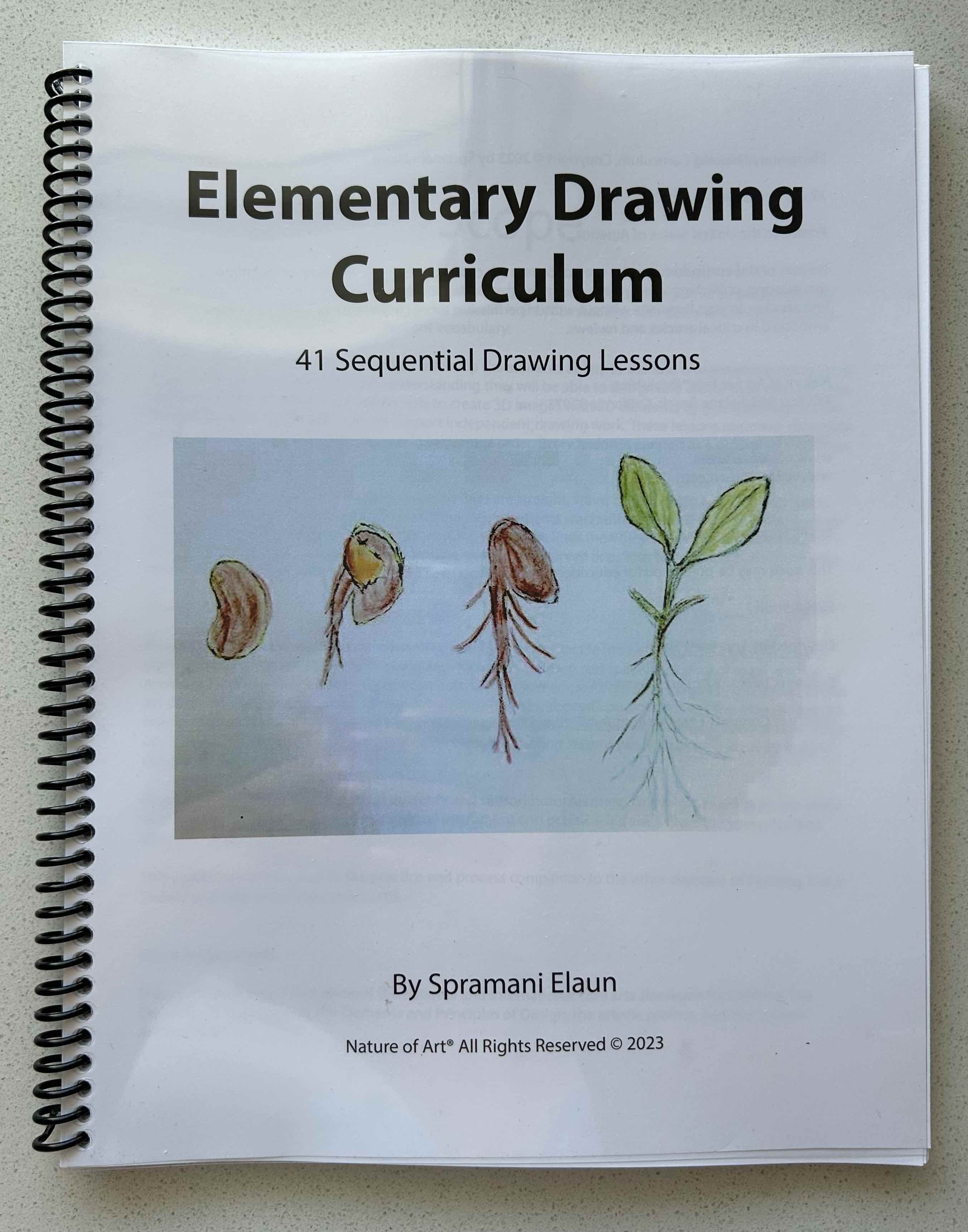
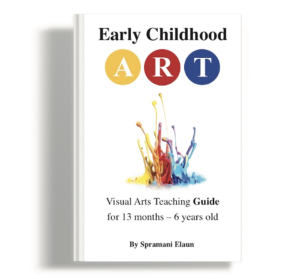
All rights reserved © 2025, Nature of Art®

No part of this blog may be used or be reproduced in any manner whatsoever including reproducing, publishing, performing, and making any adaptions of the work – including translation into another foreign language without written permission except in the case of brief quotations embodied in critical articles and reviews. Nature of Art® Publishing P.O. Box 443 Solana Beach, California 92075.
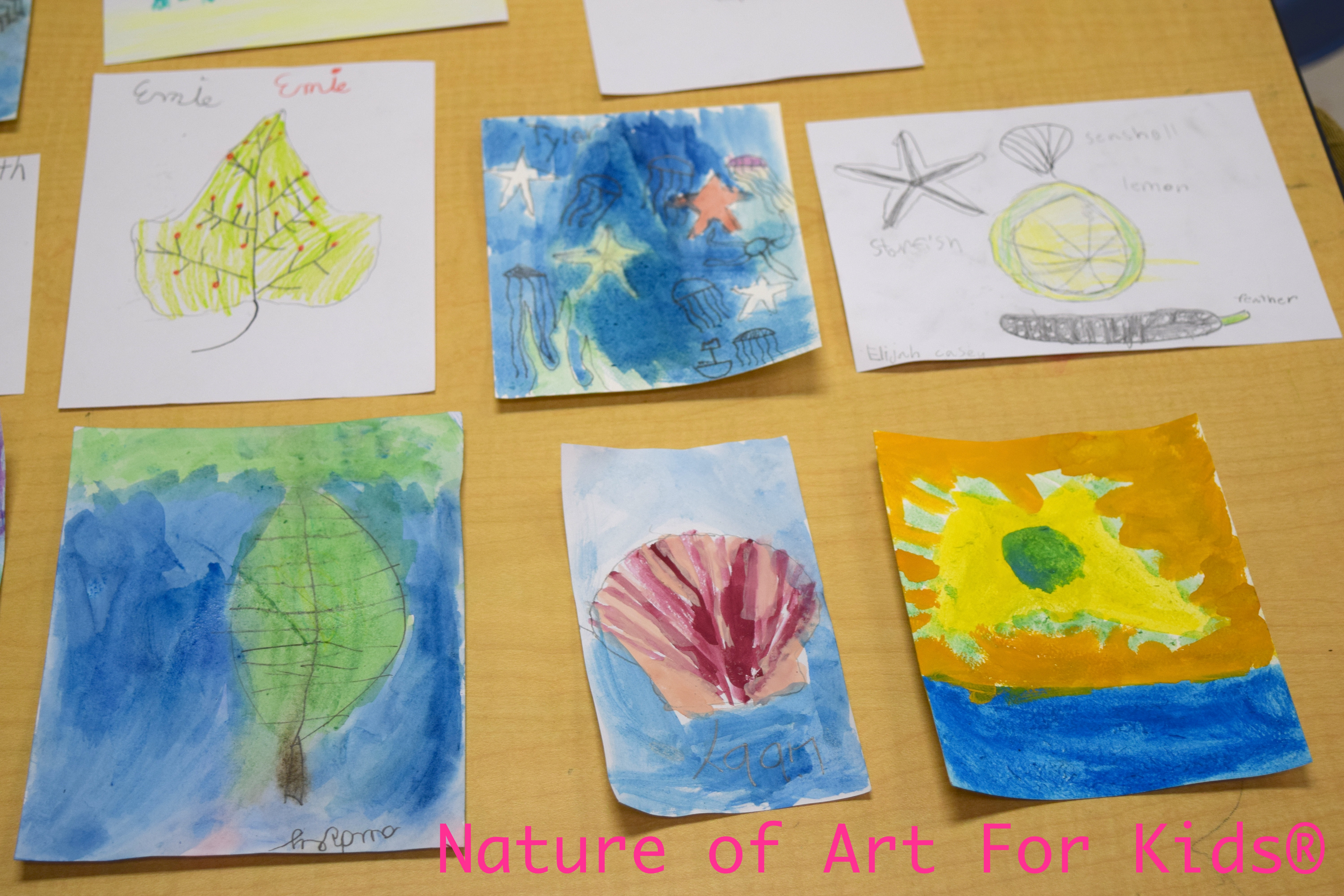
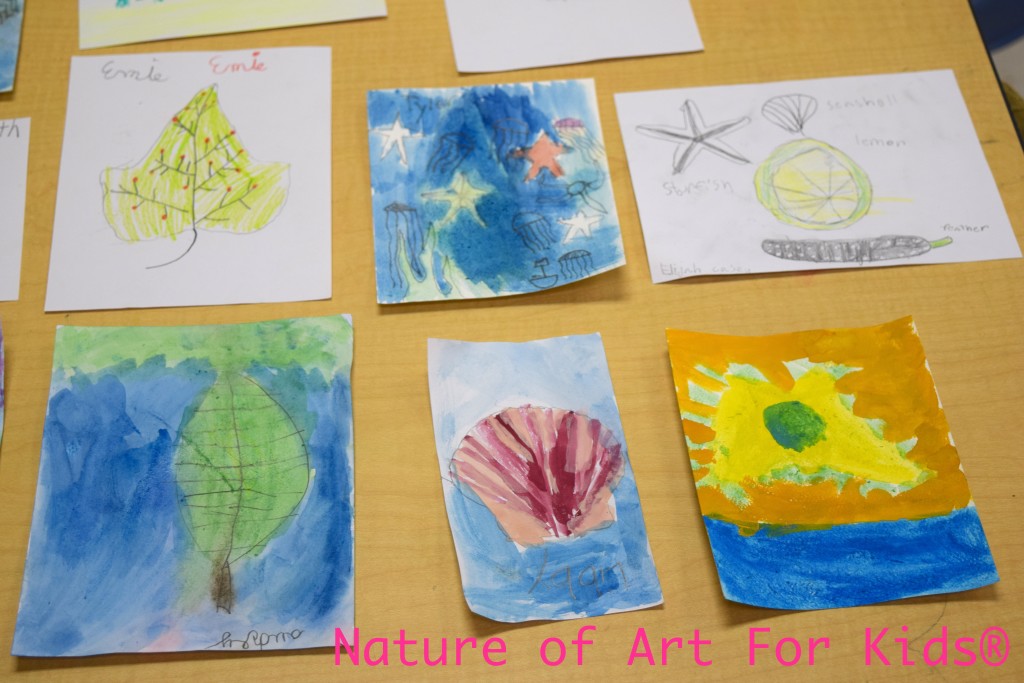
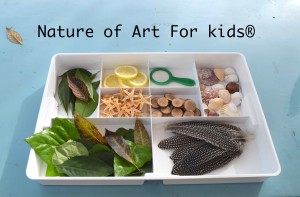

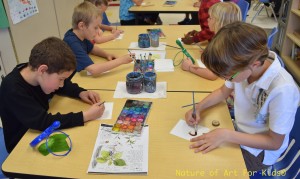
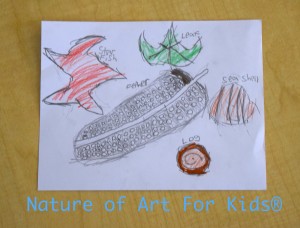


Recent Comments
http://Juyi%20Chia
February 23, 2018 at 5:48 amHi, I’m trying to buy the ebook of nurturing children in the visual arts, but failed. I am in Taiwan, and the system asks for an US address.So how can I buy the book? Thanks!
http://admin
April 21, 2018 at 10:06 pmHi Juyi,
We just noticed this email stuck in comments. Are you still interred in ordering the ebook? We send you a pay link and send you ebook to your email if you are interested. Please email me directly at spramanielaun@gmail.com if you are still interested.
We apologize for the over sight of this email.
Warm Regards,
Spramani Elaun
Comments are closed.